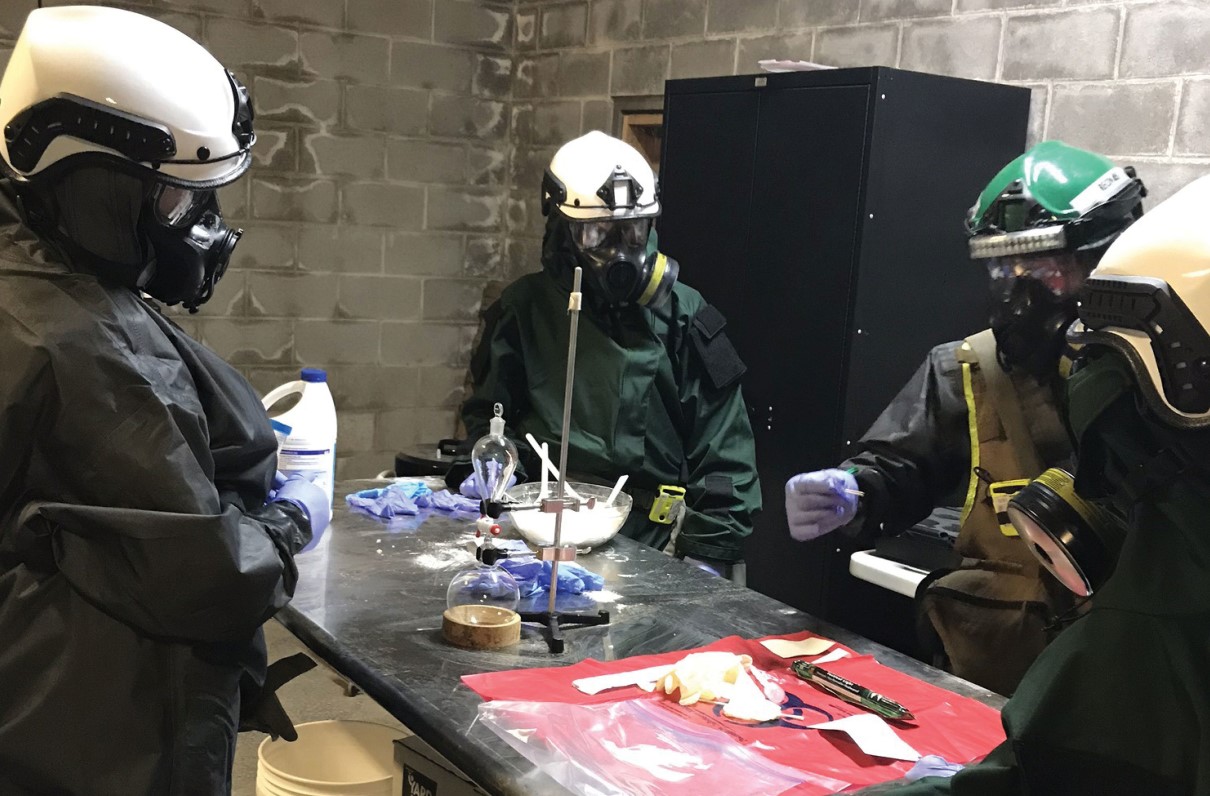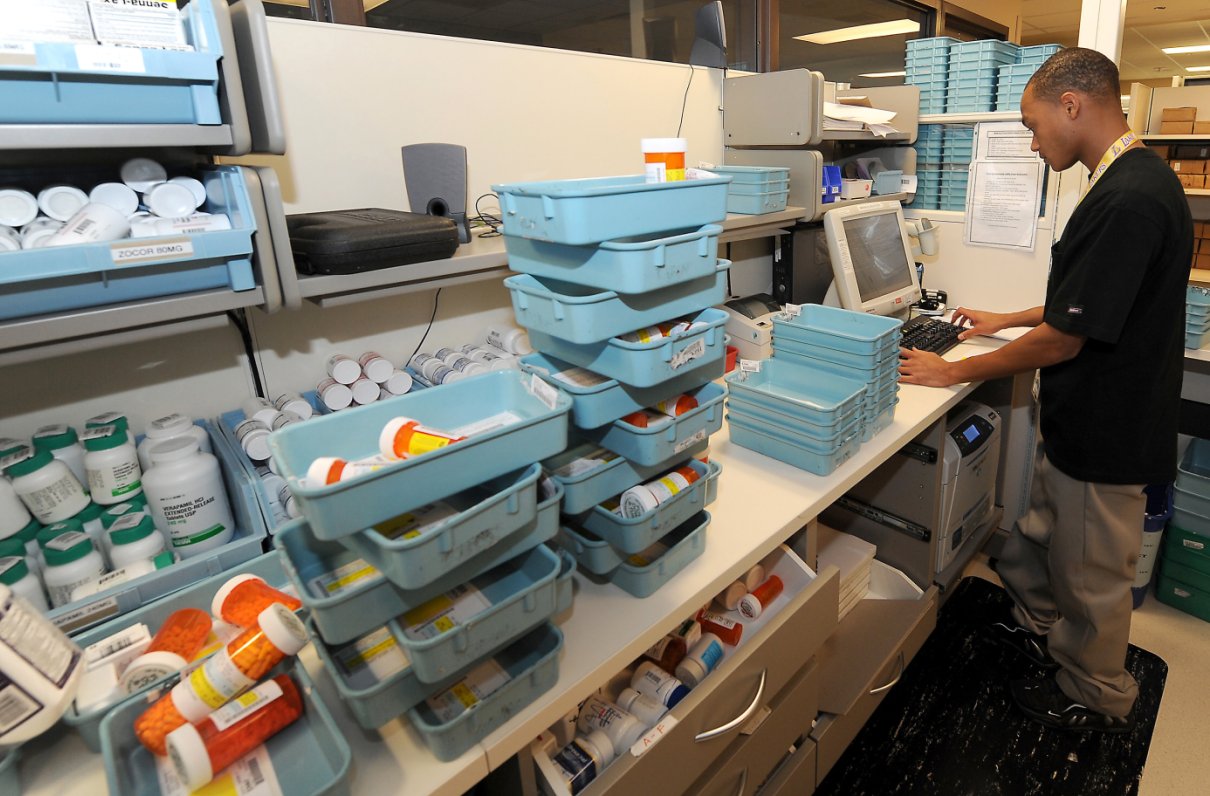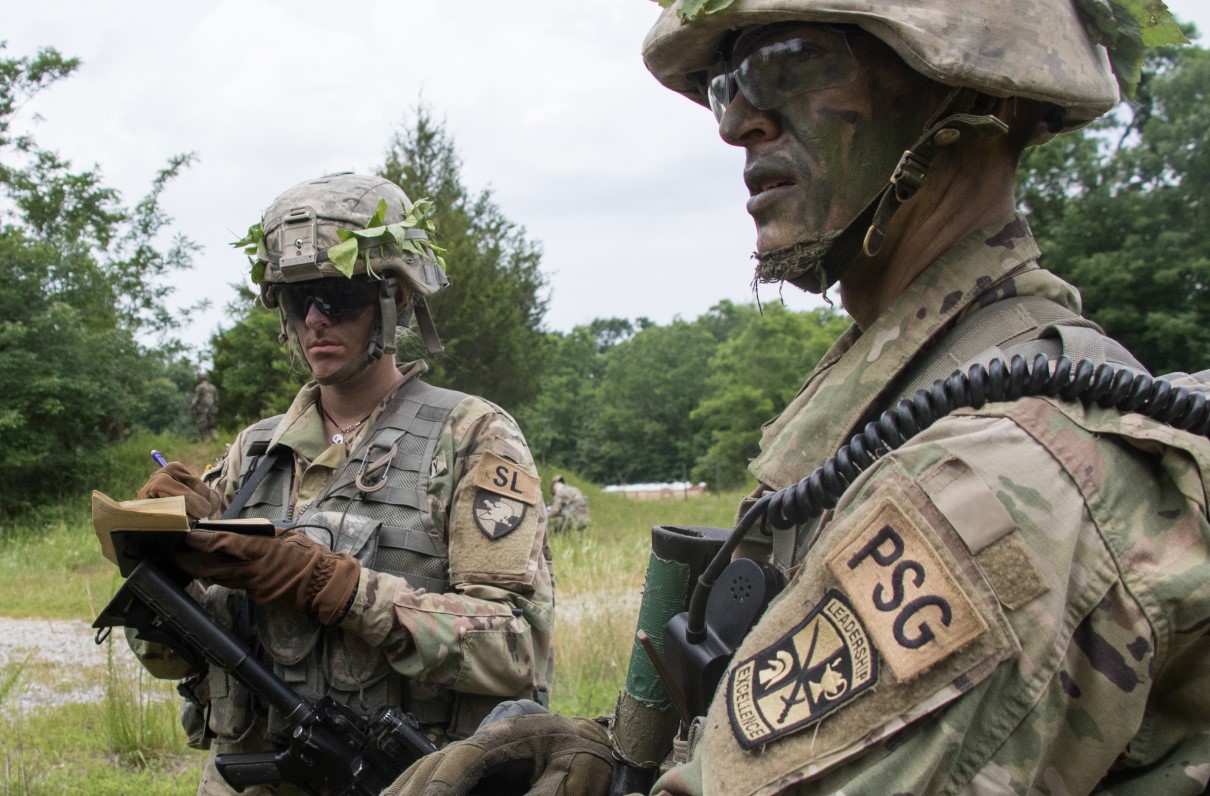This article by Dorothy Mills-Gregg first appeared on Military.com, the premier resource for the military and veteran community.
The government is funding a project to keep bioterrorists from spreading a pneumonia-like, often antibiotic-resistant disease to soldiers.
The vaccine has passed a one-month study with mice that found it prevented those treated from contracting melioidosis, a disease caused by contact with a bacteria typically found in Puerto Rico, Southeast Asia and northern Australia, the Defense Threat Reduction Agency's Chemical and Biological Technologies Department (DTRA CB) announced in a news release last week.
"For now, the DTRA CB-funded LAV [live-attenuated vaccine] shows promise of preventing melioidosis, a disease bearing an uncertain global prevalence rate and challenges in diagnosis and treatment," the agency said in the release. "A vaccine will safeguard U.S. warfighters from the disease so that they can serve the nation as needed."
Burkholderia pseudomallei, a bacteria that thrives in tropical soil and water, causes melioidosis in humans and animals who eat food, drink water or breathe dust contaminated with it.
Past efforts to create an LAV were unsuccessful because the weakened pathogen introduced into the body either did not trigger an immune response or it did not live long enough for a mouse to build antibodies against it.
So the team deleted the gene that lets the bacteria survive outside a cell and the gene that suppresses the immune system. Then, they vaccinated 10 mice with three aerosol doses, and 21 days later exposed both the control and them to the bacteria. All the vaccinated mice lived.
Treatment has proven difficult as there are more than 1,000 strains and each one has multiple antibiotic-resistant genes. Meanwhile, the patient undergoes antimicrobial treatment, both intravenously to keep from dying of sepsis, and orally to kill the bacteria for up to six months.
The Centers for Disease Control said the disease, also called Whitmore's Disease, kills up to nine out of every 10 people who have no treatment. Even with the right antibiotics, there's a 40% mortality rate, according to the CDC. It classifies melioidosis as a "category B bioterrorism agent," which makes it a second-highest priority agent, along with food safety threats like salmonella. High-priority agents are threats like anthrax.
The next step of the joint project with the University of Texas Medical Branch will be to test the vaccine's effectiveness in mice against regional bacteria strains, in addition to a closely related strain. It will not be tested on humans until it's been studied in primates, the DTRA CB release said.
Other articles from Military.com:
Iconic Stealth Attack Aircraft Is Headed to the Reagan Presidential Library
Air Force Space-Available Mail Will Take Longer to Get to Europe over the Holidays
Marines Buying Dozens More Amphibious Combat Vehicles as Test Phase Nears


